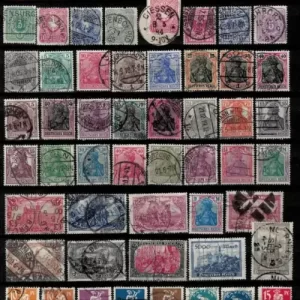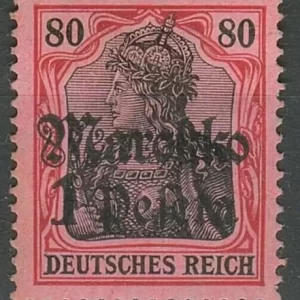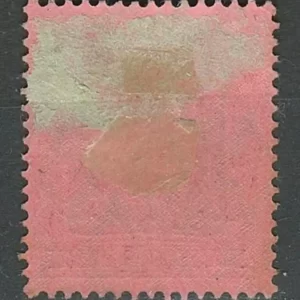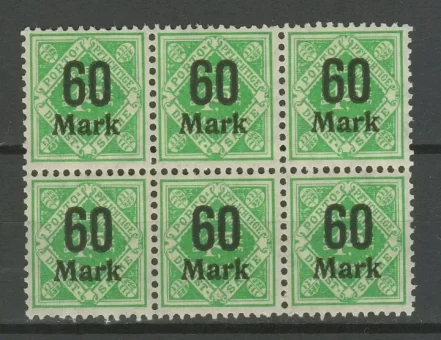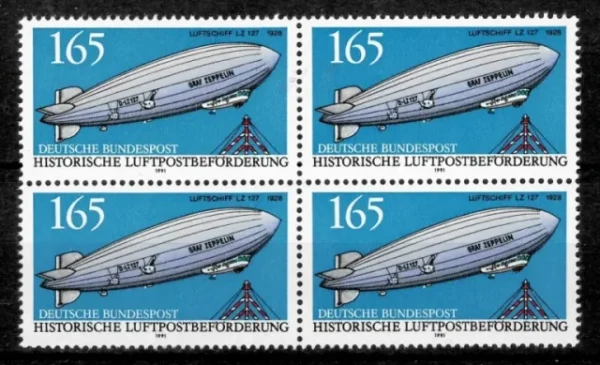German occupation zones year 1945 / 1953 postage stamps collection
During and after World War II, Germany was divided into occupation zones by the Allied powers. This division had a significant impact on various aspects of life, including postage stamps. Here’s a brief overview of the postage stamps issued in the different German occupation zones between 1945 and 1953:
Immediate Post-War Period (1945-1949)
American, British, and French Zones (Trizone)
- Allied Occupation (Germany) Stamps: From 1945 to 1949, the American, British, and French zones issued stamps inscribed “Deutsche Post.” The stamps typically featured designs reflecting reconstruction and peace.
- Bizone and Trizone Stamps: The American and British zones were merged to form the Bizone in 1947, later joined by the French zone to form the Trizone. Stamps from this period often included denominations in both Reichsmarks and Deutsche Marks after currency reform in 1948.
Soviet Zone
- Soviet Occupation Zone Stamps: The Soviet zone issued its own stamps from 1945, also inscribed “Deutsche Post.” These stamps initially used overprints on existing German stamps, but later issued unique designs often with socialist themes.
Post-War Division of Germany (1949-1953)
Federal Republic of Germany (FRG – West Germany)
- Bundesrepublik Deutschland Stamps: After the establishment of West Germany in 1949, stamps were inscribed with “Deutsche Bundespost.” These stamps featured various themes, including famous personalities, architecture, and symbols of democracy and reconstruction.
German Democratic Republic (GDR – East Germany)
- Deutsche Demokratische Republik Stamps: East Germany issued stamps from 1949, inscribed “Deutsche Post” initially and later “DDR” (Deutsche Demokratische Republik). These stamps often depicted themes of industrial progress, socialist achievements, and historical events relevant to the Communist state.
Notable Series and Designs
- Buildings Series: Both West and East Germany issued a series of stamps featuring notable buildings and landmarks. The West German series is known for its detailed depictions of famous structures.
- Definitive and Commemorative Stamps: Both states issued definitive series for everyday postal use and commemorative stamps for special events or anniversaries.
- Occupation Zone Overprints: Immediately after the war, the Allied zones used overprinted stamps from existing stocks until new designs could be produced. These overprints are a key area of interest for philatelists.
Collecting Tips
- Condition and Authenticity: Ensure stamps are in good condition and check for authenticity, as overprints and early post-war issues are often subject to forgery.
- Historical Context: Understanding the historical context enhances appreciation and can guide thematic collections, such as focusing on reconstruction, political themes, or notable figures.
Conclusion
The postage stamps of the German occupation zones and the early years of East and West Germany offer a fascinating glimpse into the country’s tumultuous history and post-war recovery. They reflect political changes, economic conditions, and the cultural shift in the aftermath of World War II. Collectors can find a wealth of information and beauty in these small, yet historically rich artifacts.




